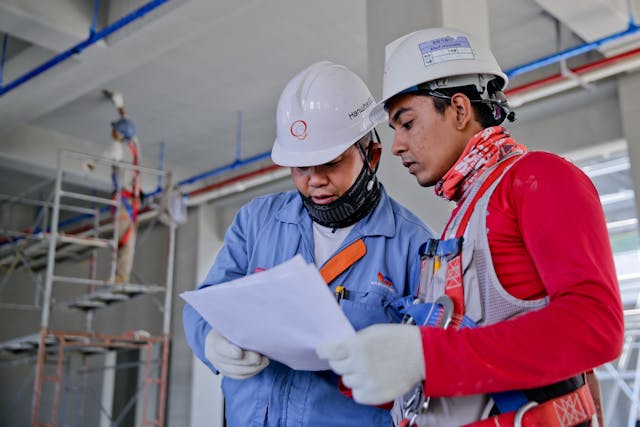Any company depends much on facility management. From maintaining buildings to besting resources, it is the backbone that guarantees everything operates as it should. In Australia, where many businesses flourish, good facilities management may make all the difference in optimizing productivity and lowering expenses.
Still, what exactly does it take to shine in this field? Managers have particular difficulties as facilities get more complicated and needs grow. But by using best practices and welcoming technology developments, companies can simplify processes never seen before.
Come discover with us tested approaches for effective facilities management in Australia. Learn how to negotiate the complexity of today’s fast-paced environment and raise the caliber of your facilities.
Best Standards for Facility Management
Facility management depends much on good communication. Team members have to line up with their roles and objectives. Frequent meetings guarantee everyone is in agreement and help to build cooperation.
Using preventive maintenance techniques will help to greatly lower expenses. City FM Australia keeps a seamless running by tackling possible problems before they become more serious, therefore extending the lifetime of the equipment.
Practices of sustainability are growingly significant. Energy-efficient technologies not only lessens running costs but also lessens environmental effects. Little adjustments like smart thermostats or LED lights add a lot of difference.
Regular staff training improves effectiveness as well. Knowledgeable workers are more suited to meet problems and make sensible use of resources.
Clearly defined safety policies guarantees adherence to rules and safeguards both employees and guests. Establishing a safe surroundings promotes output in all spheres of facility management.

Problems and fixes for optimizing efficiency
Many obstacles that facility managers must overcome can compromise effectiveness. One important problem is distribution of resources. Many times, facilities find it difficult to balance finances with various demands.
Team communication breakdowns present still another obstacle. Effective non-collaboration within departments could cause delays and misinterpretation. Smooth operations depend on open lines of contact.
Besides, maintenance planning presents challenges. Unexpected problems can strike at any moment and cause disturbance of scheduled events. Using preventive maintenance techniques reduces some of these hazards.
Maximizing efficiency also depends much on training staff members. Tasks may take more time than expected if workers lack the required knowledge or ability. Frequent training courses help everyone to be current and confident in their roles.
For facility managers all throughout Australia, following rules is a constant worry. Maintaining current with changes guarantees facilities run within legal limits without compromising performance or safety criteria.

Technology’s Contribution to Facility Management
Facility management is changing thanks in great part to technology. It simplifies processes, improves correspondence, and increases effectiveness. Appropriate tools enable managers to compile information and make wise judgments.
Systems for smart buildings are gathering appeal all throughout Australia. They improve air quality, help control energy use, and raise occupant comfort. Automated lighting systems, for instance, change depending on occupancy level or availability of natural light. Along with saving energy, this lowers expenses.
Mobile apps enable teams even more by giving quick access to vital resources while on the road. Direct updates straight through their smartphones will help maintenance staff to get all required information before starting to handle chores.
A crucial component as well is data analytics Through trend analysis of past data, facility managers may forecast maintenance requirements and prevent later costly repairs or possible breakdowns.
Accepting technology helps team members to cooperate as well, therefore guiding the group toward the realization of organizational objectives in facilities management.
Using these technology developments not only enables companies to run more effectively but also helps them be competitive in Australia’s diverse range of sectors in the fast-paced environment of today.





